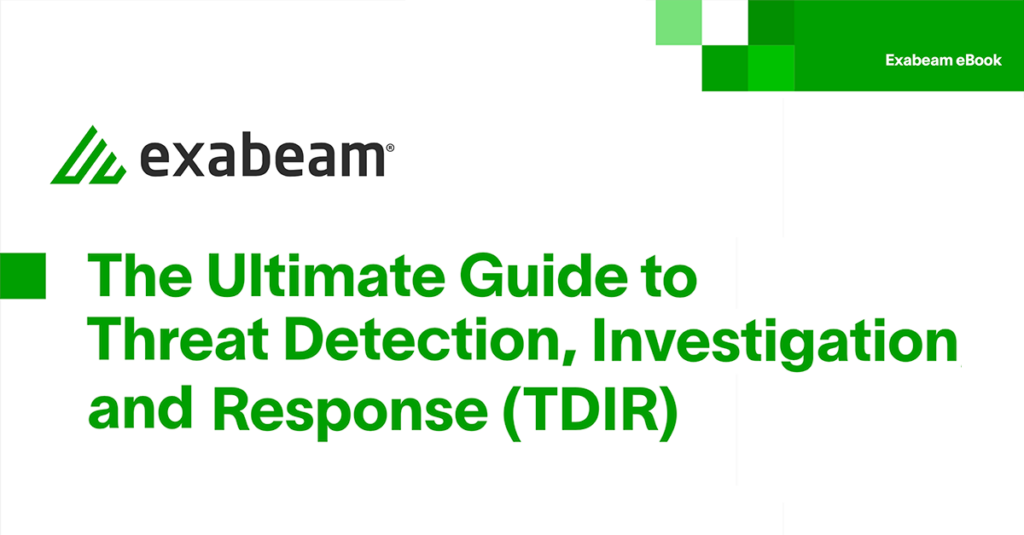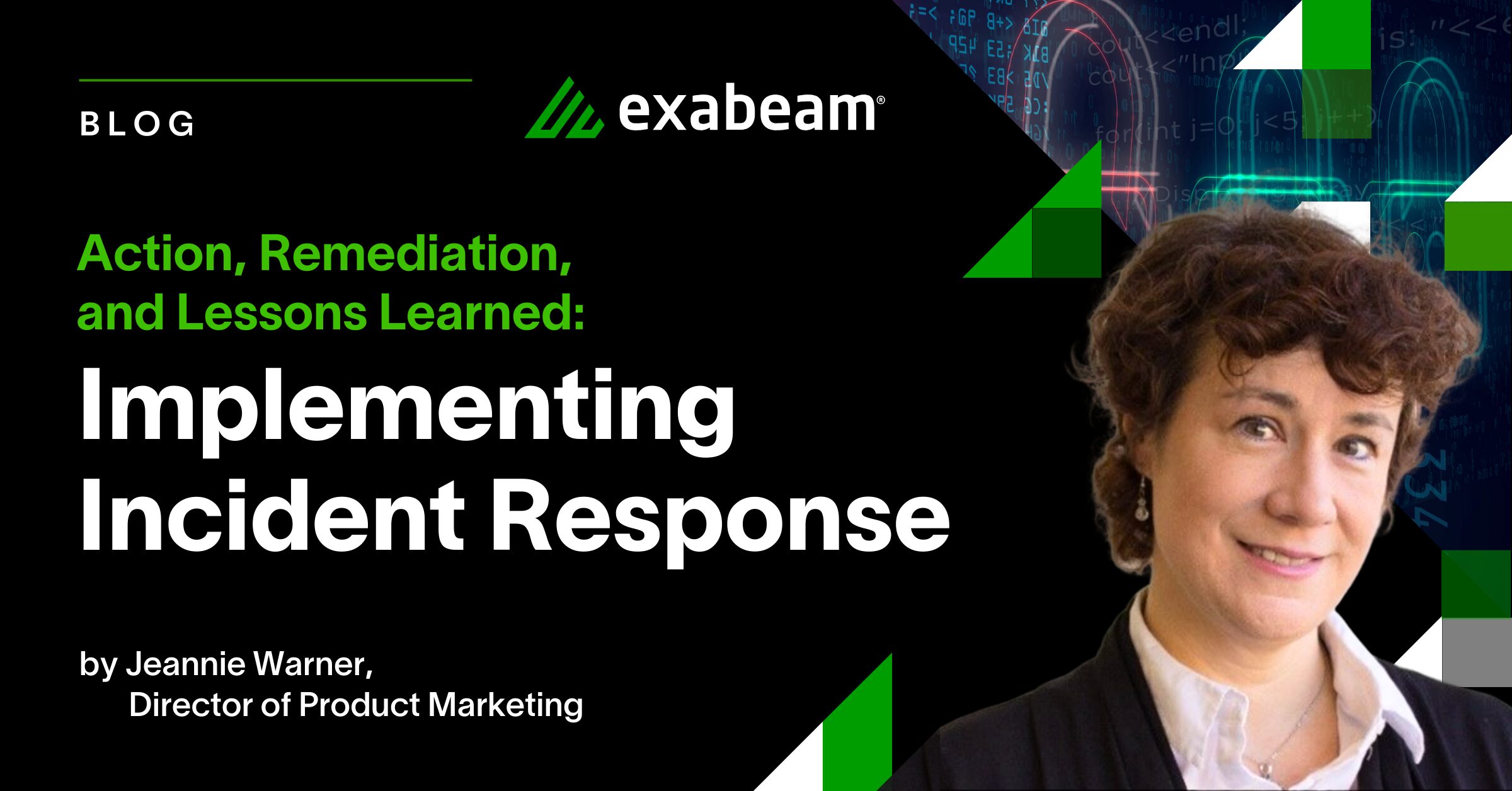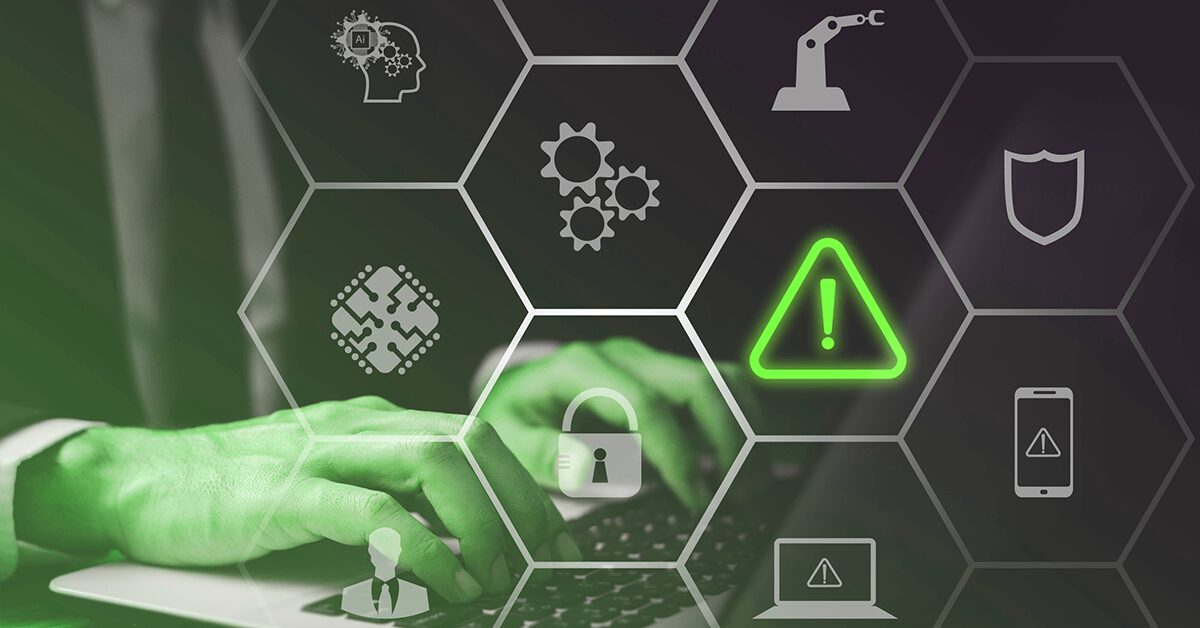To defend against potential cyberattacks, your security operations center (SOC) must be able to perform three critical processes: detect threats, investigate alerts, and respond to incidents. This workflow doesn’t happen in isolation.
Each step is interconnected, which is why they’re collectively referred to as threat detection, investigation, and response (TDIR). Because of the inherently integrated nature of TDIR, the SOC needs an integrated approach to executing each phase, as well as an integrated solution that can support the entire TDIR workflow.
In this article:
- Why organizations struggle with TDIR
- Key capabilities for sophisticated TDIR
- How to deploy a winning TDIR strategy
Why organizations struggle with TDIR
Many organizations lack a single, centralized platform for TDIR. This is partially because security information and event management (SIEM) solutions have long been the standard for collecting, aggregating, and managing data and logs.
Built with custom hardware and software and monolithic, single-vendor infrastructure, SIEM tools ultimately (and unfortunately) end up exacerbating the cumbersome, disjointed security stacks that make TDIR complex for so many organizations.
SOCs face other challenges too. As outlined in Exabeam’s The State of Threat Detection, Investigation, and Response 2023 report, they struggle with time-consuming investigation processes, limited visibility into their IT environments, insufficient threat intelligence, and a lack of automation across the TDIR workflow. Employees’ lack of knowledge on how to respond to incidents and a shortage of skilled personnel are major hurdles, as well.
Without these capabilities, it’s difficult for SOCs to run effective playbooks that can instigate rapid incident response and facilitate automatic workflows — yet this is imperative for modern TDIR.
Key capabilities for sophisticated TDIR
So, what should modern TDIR look like? At the detection level, AI-driven tools should assist in pinpointing high-risk threats by understanding the normal behavior of users and entities and prioritizing threats with context-aware risk scoring.
For investigations, automation should simplify security operations and correlate disparate data into coherent threat timelines. And consistent response should be facilitated with playbooks that document workflows, standardize activity, and align processes to the most strategic outcomes and frameworks.
Some technologies can be used to unlock this level of efficiency in TDIR workflows. First and foremost, a cloud-native, next-gen SIEM platform can collect and integrate the log data needed to power TDIR workflows from detection to response.
But to truly elevate these processes, SOCs need to be integrated with sophisticated automation and AI functionality. That’s where security orchestration, automation, and response (SOAR) and user and entity behavior analytics (UEBA) come in.
SOAR enables teams to automate common response actions and reduce the number of tasks they need to perform manually. These automations allow the SOC to create and run SOAR-powered playbooks that can disrupt kill chains and other attack types, containing intrusions within minutes.
UEBA is a tool that leverages machine learning AI to learn what normal, baseline behavior looks like for users, devices, and peer groups. Therefore, it can detect meaningful anomalies, making it one of the most powerful methods for identifying potential threats — whether known or unknown.
How to deploy a winning TDIR strategy
Once you have a modern SIEM solution integrated with UEBA and SOAR capabilities, you’re well equipped for successful incident response — but remember these six steps to ensure the best results:
1. Determine what your most strategic use cases are. Ensure these use cases get priority attention, not only by ingesting the right data to support them, but assigning higher risk scores to events that comprise them. Monitor against MITRE ATT&CK tactics, techniques, and procedures (TTPs) as a best practice.
2. Isolate exceptions by keeping continuous watch for traffic anomalies, access attempts without permission, privilege escalation on normal accounts, excessive data consumption, activity on service accounts, and suspicious files.
3. Use a centralized approach by having a unified location, such as a SIEM tool, where you can gather and analyze information from across your security tools and IT systems.
4. Assess, don’t assume. In other words, follow logical, deductive processes when investigating a potential incident, evaluating the evidence systematically to figure out whether an alert is indeed a credible threat.
5. Eliminate impossible events as you account for the source of anomalies and alerts. Anything that doesn’t have a clear explanation warrants prioritization.
6. Take post-incident measures, because you never want to let your guard down too soon. Continue monitoring for unusual behaviors to make sure the intruder doesn’t stage a comeback, and review key learnings from your incident response with your team.
These steps, in tandem with a modern, AI-enabled SIEM platform, set the SOC up for both long- and short-term success, enabling best practices for TDIR.
Want to learn more about how to enhance your organization’s threat detection, investigation, and response workflows? The Ultimate Guide to TDIR is designed to answer all your most urgent questions.
Unlock Advanced TDIR Strategies
Discover the critical insights and advanced strategies needed to enhance your TDIR capabilities. Read The Ultimate Guide to TDIR — a comprehensive resource with essential practices to understand and master the TDIR workflow. Leverage the latest in security information and event management (SIEM) technologies, optimize your log management, and achieve excellence in incident response.
Elevate your cybersecurity strategy and improve your security team’s efficiency and effectiveness. Download your guide now.

Similar Posts
Recent Posts
Stay Informed
Subscribe today and we'll send our latest blog posts right to your inbox, so you can stay ahead of the cybercriminals and defend your organization.
See a world-class SIEM solution in action
Most reported breaches involved lost or stolen credentials. How can you keep pace?
Exabeam delivers SOC teams industry-leading analytics, patented anomaly detection, and Smart Timelines to help teams pinpoint the actions that lead to exploits.
Whether you need a SIEM replacement, a legacy SIEM modernization with XDR, Exabeam offers advanced, modular, and cloud-delivered TDIR.
Get a demo today!











